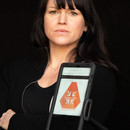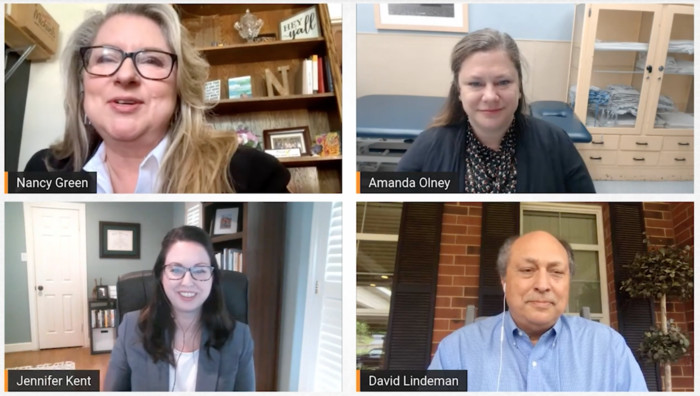Providing toolkits in non-English languages can create better access to telehealth for LEP patients, said Albert Chan of Sutter Health.
She said poor Wi-Fi and lack of devices on the patient side made the switch to telehealth challenging, but Children’s Health found ways to make it work.
Sutter Health in California sees 3.3 million patients at its 24 hospitals annually. Albert Chan, vice president and chief of digital patient experience at Sutter Health, said 10 percent of the organization’s patients don’t speak English as their primary language. With telehealth visits increasing from 7,410 in 2019 to approximately 1.1 million in 2020, the disparities for LEP patients became more apparent.
Spanish speakers are the largest LEP patient population at Sutter Health, but only 28.3 percent of Spanish-speaking patients were using telehealth, a lower rate than any other language group. Chan said Sutter Health addressed this disparity by uploading toolkits in Spanish on its website so patients could better access the telehealth services. The organization also set up a tech support chat offering Spanish for further accessibility.
Sutter Health had approximately 20,000 interpreter sessions a month, including American Sign Language, using a third-party service.
“It’s about language equivalency, not just proficiency,” said Chan.
Training Is Important to Help Seniors Bridge the Digital Divide
A recent survey by market research firm Parks Associates shows that 60 percent of people age 65 and older consider themselves familiar with telehealth. Jennifer Kent, vice president of research at the firm, gave an overview of the findings during a session titled, “Lessons Learned While Expanding Access and Care to the Aging Population.”
“Over the past year we’ve seen incredible growth in familiarity and use. A third of seniors say they’re extremely familiar with telehealth,” said Kent. “And 42 percent of consumers 65 and older tell us they have used telehealth services in the past 12 months. That’s up from just 6 percent in 2019. What’s even more incredible is that seniors are telling us they’ve had pretty positive experiences.”
Kent also pointed out that tech companies often design products with young, affluent and tech-savvy consumers in mind because they are usually the early adopters. Products typically aren’t designed for seniors, but Kent said that is starting to change. Many products now have user interfaces with voice capabilities or are designed for those with impaired dexterity.
READ MORE: Smart technologies create a more connected environment for older adults.
Older adult veterans at VA Puget Sound Health Care System were willing to try telehealth services during the pandemic, according to Amanda Olney, program coordinator for the TeleRehabilitation Enterprise Wide Initiative. She said providers were the hesitant ones, but their reluctance gave way out of necessity.
“As people were using FaceTime and Zoom to connect to family and communities, they became more familiar with the technology and more willing to try it out,” said Olney.
Luckily, Olney said, the VA already had a service in place before the pandemic to loan out tablets to veterans without devices, which helped her organization pivot quickly. The VA also offered technology training, using telehealth techs to do test calls prior to beginning virtual physical therapy services.
“We have a national help desk to do test calls as many times as necessary,” said Olney. “With physical therapy, the patients have to do multiple visits. The repetition helped.”
David Lindeman, director of health at the Center for Information Technology Research in the Interest of Society (CITRIS) and the Banatao Institute at the University of California, said he’s seen a fantastic increase in acceptance, willingness and understanding of the benefits of telehealth, especially among those who are homebound or have transportation issues.














